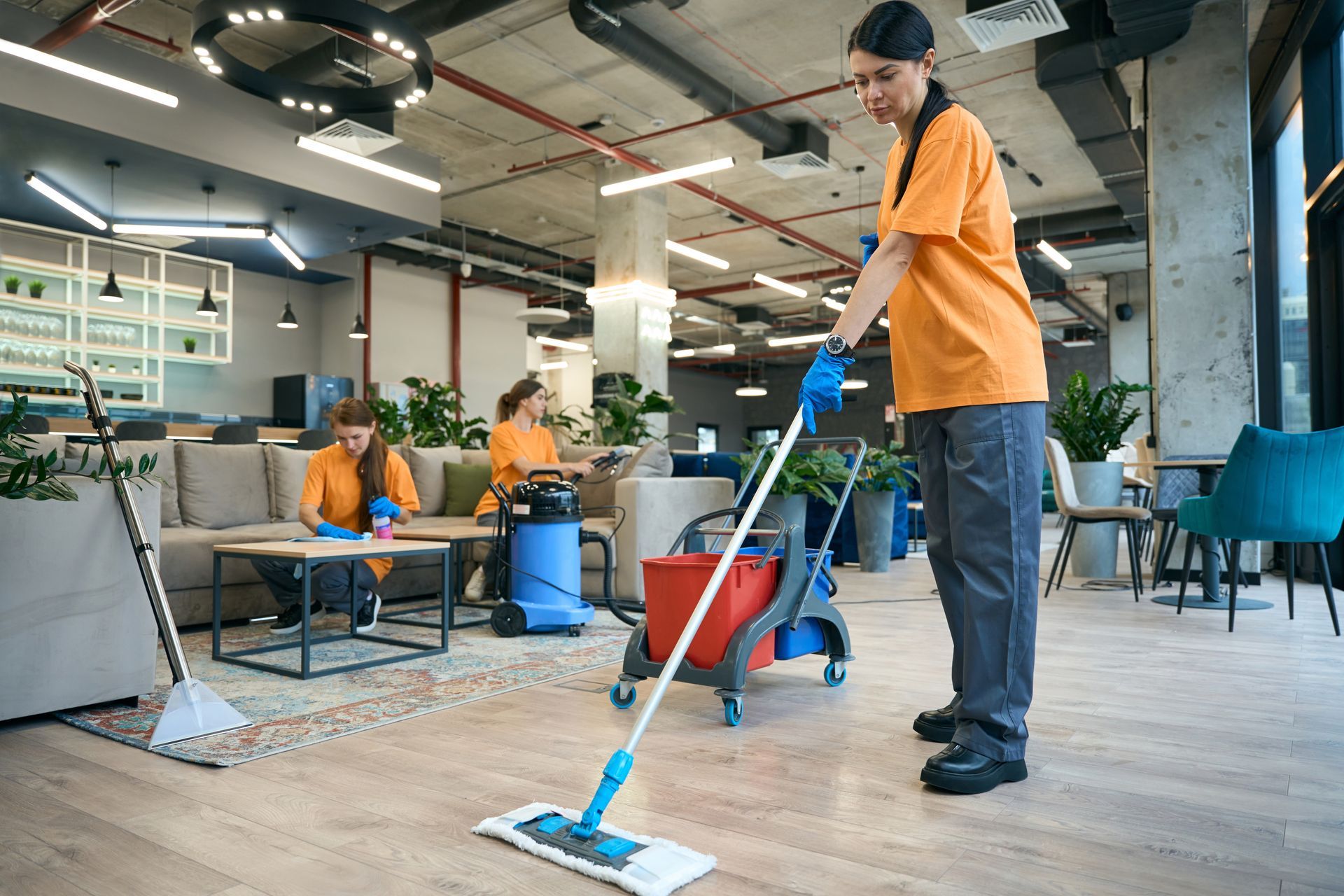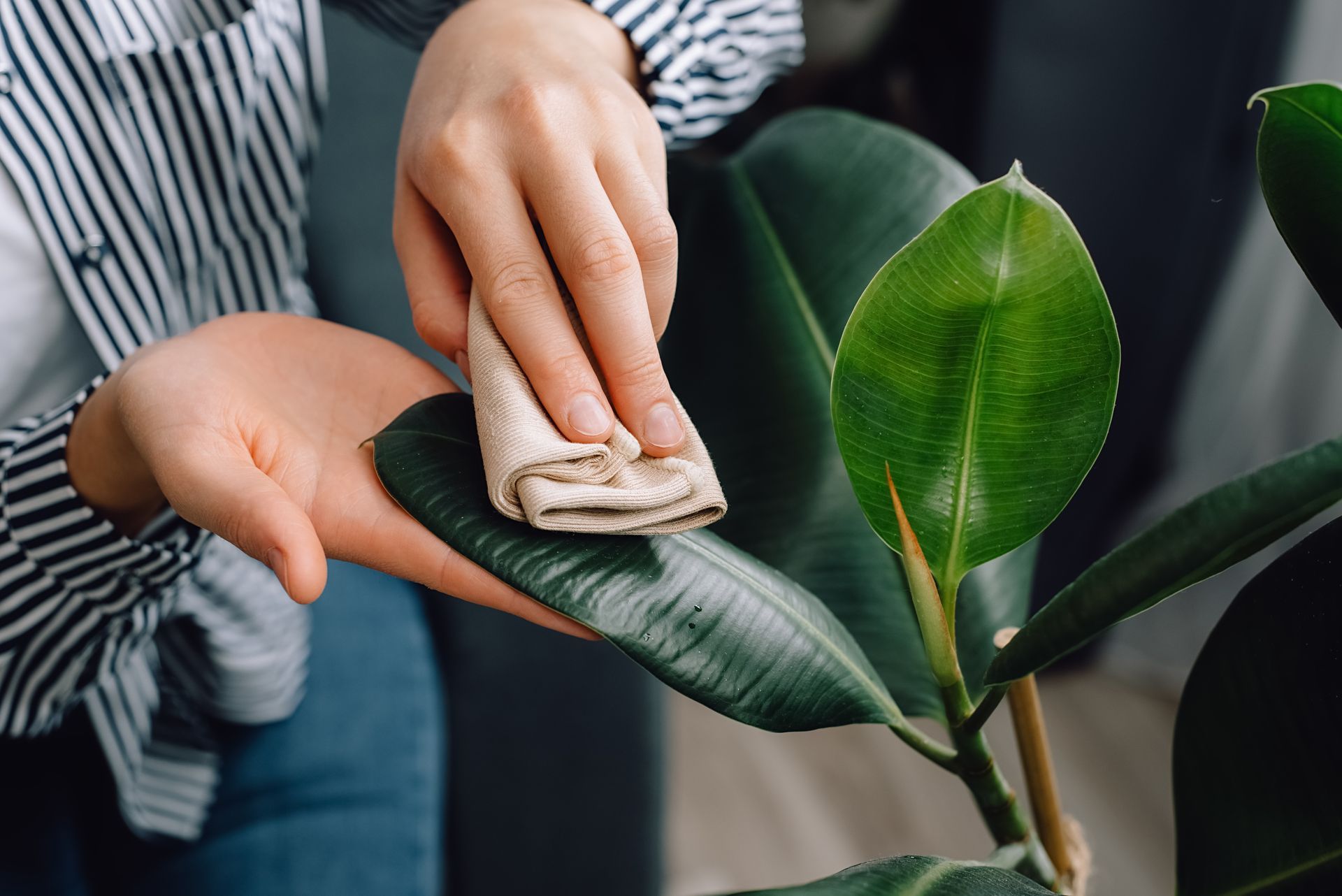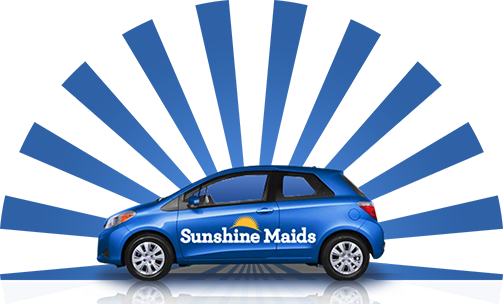Common Toxic Chemicals to Avoid in Cleaning Products
Common Toxic Chemicals to Avoid in Cleaning Products
The cleaning products we choose play a significant role when it comes to maintaining a clean and healthy home. However, many conventional cleaning products contain toxic chemicals that can harm our health and the environment. From harsh irritants to potential carcinogens, some of these chemicals can cause skin irritation, respiratory issues, or long-term health problems. In this article, we'll explore some of the most common toxic chemicals found in cleaning products and provide tips on how to avoid them.
2-Butoxyethanol (2-BE)
2-Butoxyethanol (2-BE) is a solvent commonly found in various cleaning products, such as window, floor, and all-purpose cleaners. It is used for its ability to dissolve grease and stains effectively. However, exposure to 2-BE can pose health risks. Short-term exposure may lead to symptoms like headaches, dizziness, nausea, and skin, eyes, and respiratory system irritation. Prolonged or high-level exposure may damage the liver and kidneys and could potentially affect the nervous system.
Nonylphenol ethoxylates (NPEs)
Nonylphenol ethoxylates (NPEs) are a group of chemicals commonly used as surfactants in cleaning products, detergents, and industrial cleaners. NPEs are effective at breaking down grease, oils, and dirt, which is why they are popular in household and commercial cleaning products. However, NPEs are known to be endocrine disruptors, meaning they can interfere with the hormone system, potentially leading to reproductive and developmental issues.
Phosphates
Phosphates are chemicals commonly found in many household cleaning products, especially detergents, dishwashing liquids, and laundry soaps. They help to soften water, enhance cleaning power, and break down grease and stains. However, the use of phosphates in cleaning products has raised environmental concerns. When these products are washed down the drain, phosphates can enter water systems, contributing to nutrient pollution.
Sodium Lauryl Sulfate
Sodium Lauryl Sulfate (SLS) is a surfactant and detergent commonly found in cleaning products, shampoos, body washes, and toothpaste. It is used to create foam and remove oils and dirt. However, SLS can irritate the skin, eyes, and respiratory system, especially for individuals with sensitive skin or pre-existing conditions like eczema. Prolonged exposure to SLS can strip the skin of its natural oils, leading to dryness, irritation, or allergic reactions.
Triclosan (TCS)
Triclosan (TCS) is an antimicrobial agent commonly found in various personal care products, including hand soaps, toothpaste, deodorants, and some cleaning products. It was initially added to these products for its ability to reduce or prevent bacterial growth. However, concerns have emerged over its potential health and environmental risks. Research has suggested that triclosan may contribute to developing antibiotic-resistant bacteria, making infections harder to treat.
Hire Sunshine Maids for Professional Clean Home Now
At Sunshine Maids, we are committed to providing the highest quality cleaning services while prioritizing the health and safety of our customers and the environment. We understand the concerns surrounding toxic chemicals in traditional cleaning products, so we carefully select eco-friendly, non-toxic alternatives that are effective and safe. Our team ensures your space is spotless without compromising your well-being. Contact us today!





